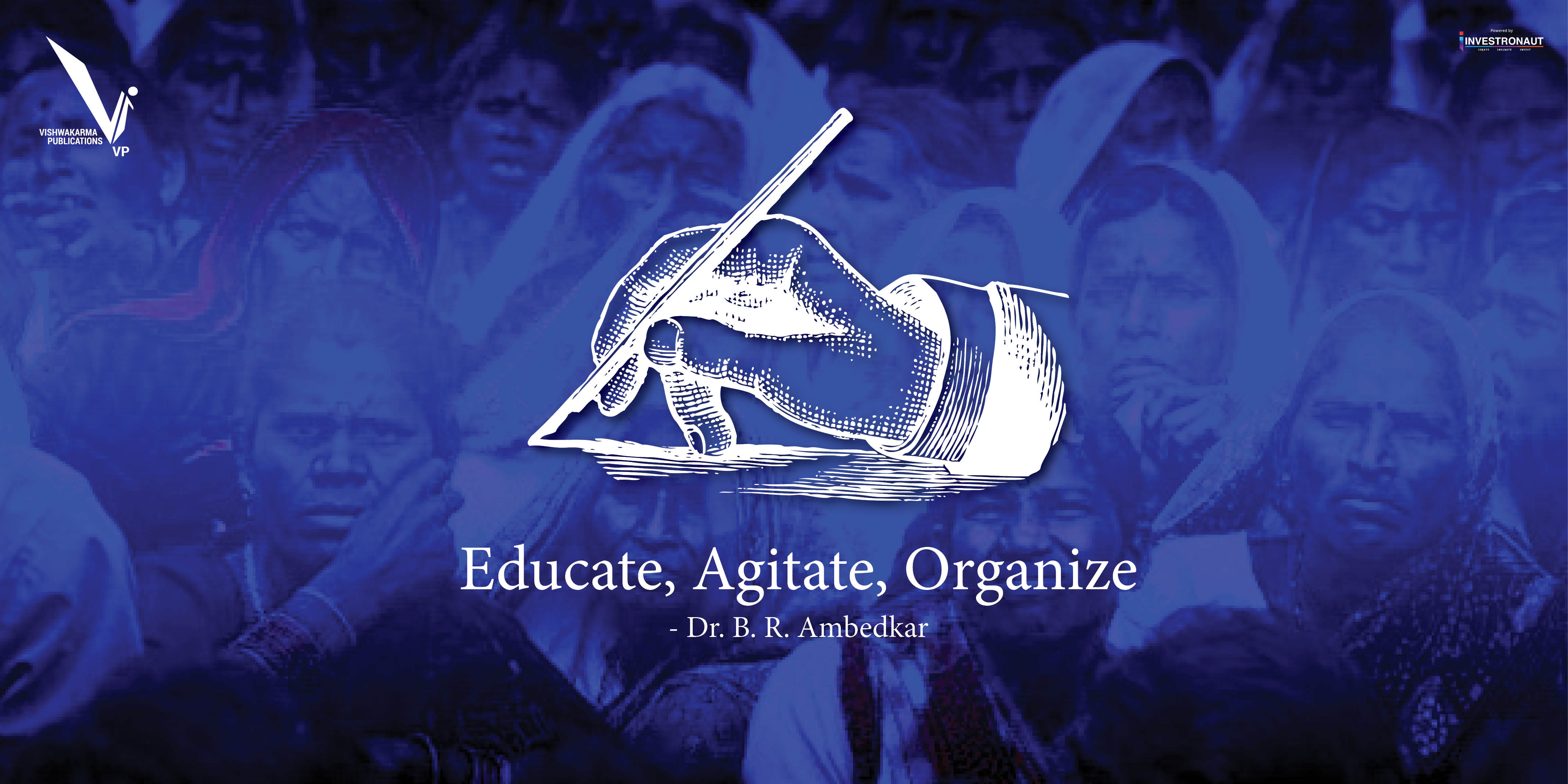Dalit Literature : A Reflection of an Alternate Reality
” Since it’s onset in the 1970’s, Dalit literature in India has developed a consciousness of its own and become a potent tool to voice the harsh life realities of the so called ‘lower caste’ people. However, the issues of it’s coarse language and unsophisticated literary aesthetics has always been a matter of debate. I reflect on whether it is fair to judge the alternative writings with the same yardstick as the mainstream upper class/caste writing?”

Literary production of any era is dominated by those in power. Oppression muzzles expression. Therefore, subjugated and powerless communities write sporadically, or not at all. They remain largely invisible from the literary canons. This accounts for the conspicuous absence of the Dalits or the so called ‘lower caste’ from the annals of the Indian literature. In the instances where Dalit voices were heard, it was a political act, an act of resistance and to mark their protest against the oppressive forces. Dalit writing in India was an offshoot of the Dalit Panthers, a social organisation that seeks to combat caste discrimination, that emerged in 1970s. Since then the issue of literary aesthetics, language and privilege have been recurrent features of every literary debate.
Origin of Dalit Writing and the Issue of Aesthetics
The Dalit literary movement gained colossal momentum after Baburao Bagul published his collection of stories – Jehva Mee Jaat Chorli Hoti (When I Hid My Caste). The book took the Marathi literature world by storm and was hailed as the epic of the Dalits, while some compared it to the popularity of the jazz music of the Afro-Americans. After that the writings of Namdeo Dhasal, Daya Pawar, and Laxman Gaikward followed which helped in highlighting Dalit literature.
Their writings demonstrated that Dalit literature is a response to the numerous injustices suffered, mostly in silence, by Dalits for centuries. It is not surprising, therefore, that Dalit literature first originated in the birth state of B.R. Ambedkar, the pioneer of Dalit movement – Maharashtra. Dalit literature is the literary expression of his consciousness. Before Dalit writers took the reins in their hands, well known writers such as U.R. Ananathamurthy in Kannada, Mulk Raj Anand in English and Munshi Prem Chand in Hindi, voiced the plight of Dalits in their writings.
The Dalit literary movement is tied with the logo of change and revolution. Marked by revolt and dissent, the language of the Dalit writing is the most crucial constituent of Dalit literature. Dalits being at the lower end of the caste hierarchy have been kept away from education, and so their language is a violent disruption from the textual, sanitized language used by the upper castes. It is sprinkled with expletives and appears coarse when compared to the refinements of Brahminical language.
A common contention against Dalit literature and all other forms of alternative literatures is that it lacks the aesthetic quality in terms of form and language which is the hallmark of good literature. But I feel the criticism is unfair, for these writings are primarily to make a point, to get their voices heard. There is a sense of urgency in such writings and they do not have a tradition of writing to draw inspiration from. Dalit writers like Namdeo Dhasal, and others were first generation Dalit writers pouring out their pain and humiliation. That is why the first generation Dalit writing is entirely autobiographical and confessional in vein. This coarseness is the reflection of the Dalit reality which is quite different from that of upper castes. This is the harsh reality of humiliation, hunger, the pain of social segregation, a lack of opportunities and the stigma of living as a Dalit. The coarseness of Dalit writing exposes the shortsightedness of the linguistic aesthetics, and sanitized. It is a literature that seeks not to entertain but inform and chronicle. It’s unfair to judge Dalit and all other alternative literatures with the same yardstick.
Modern Dalit Literature
Modern Dalit literature, however, has evolved from being just a literature of protest. Mobilization, globalization and welfare schemes like reservation have ensured to some degree that Dalits too partake of economic and material progress. The new Dalit writer, therefore, is an urban educated, suave and English speaking individual trained in the university. New Dalit writing moves away from the narrow bind of caste rigidity. Instead it explores other themes like intricacies of language, reading literatures in translation, global identity politics and shared empathy with other downtrodden communities.
Chandramohan S. for example has written ‘After Babel’ – a chapbook of poems that deals with varied themes like desire, love, nature of poetry and world poetry while maintaining the political tenor of Dalit writing. Similarly, Meena Kandasamy today is a well-known name who has authored two collections of poetry, “Touch” and “Ms. Militancy”, the critically acclaimed novel “The Gypsy Goddess” and most recently “A Portrait of the Writer as a Young Wife”. Her works explore the complexity of human relationships, opportunity and desire while maintaining a link with the circumstances of the caste.
We can safely then say that Dalit literature is well on the road to evolution, and in times to come it will cease being of interest only as a chronicle of oppression.
The author of this article Richa Singh is a content writer with Investronaut. She is a voracious reader and a keen traveller
